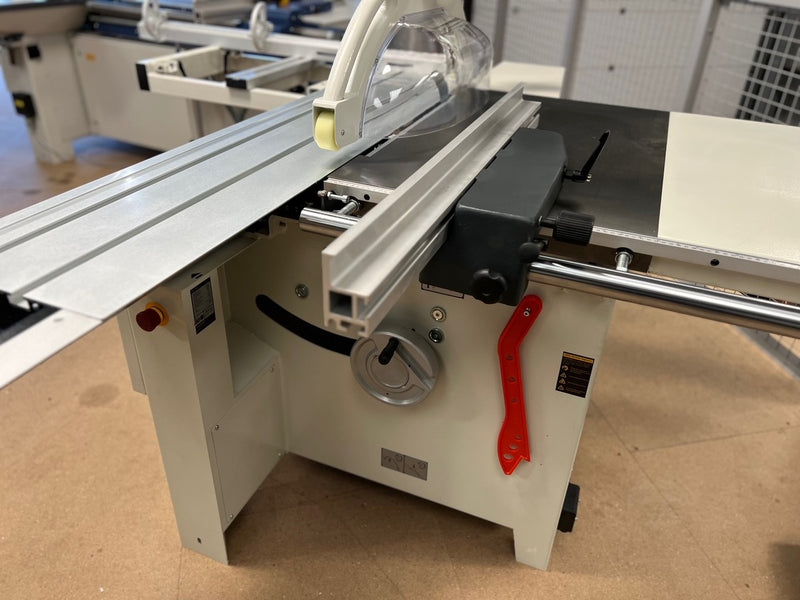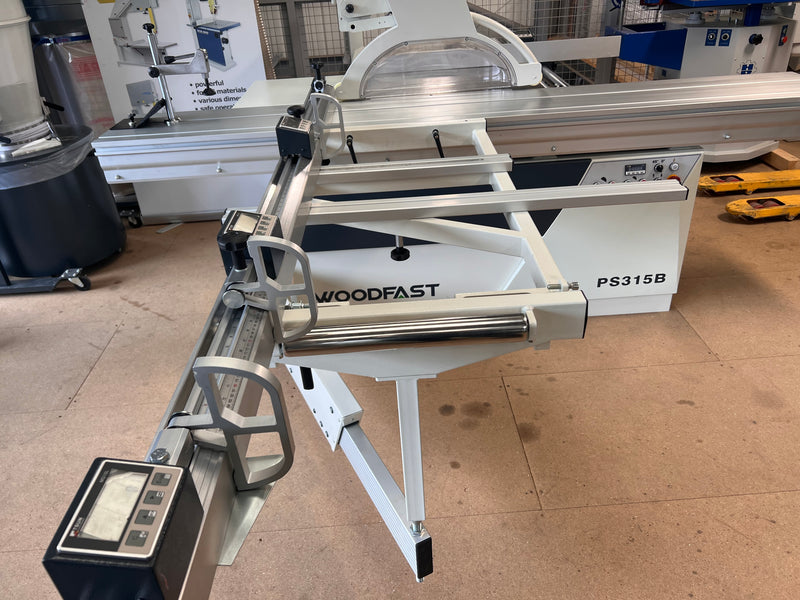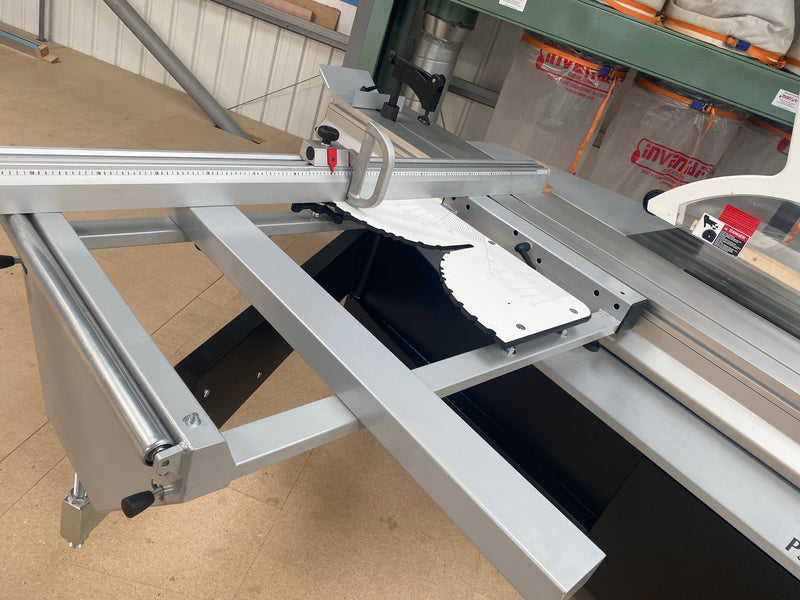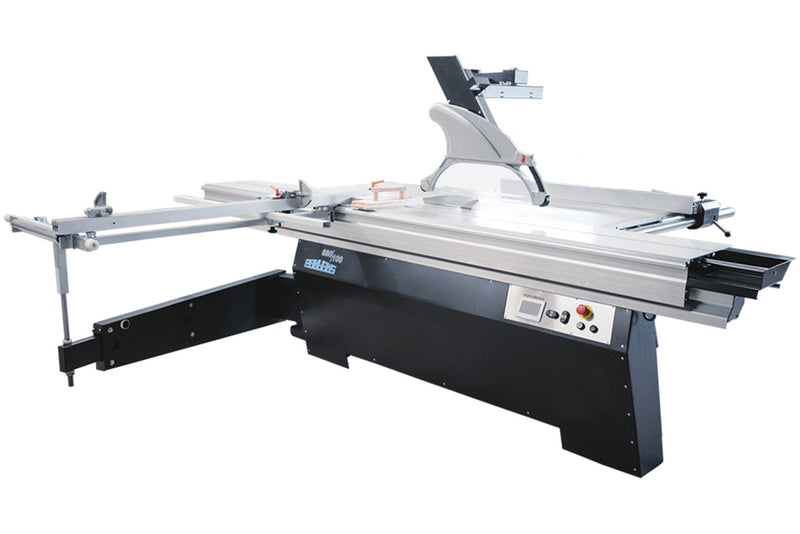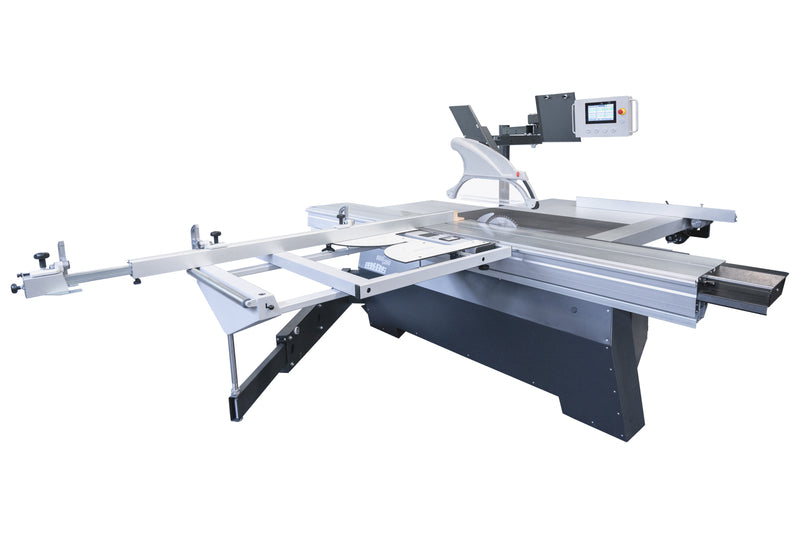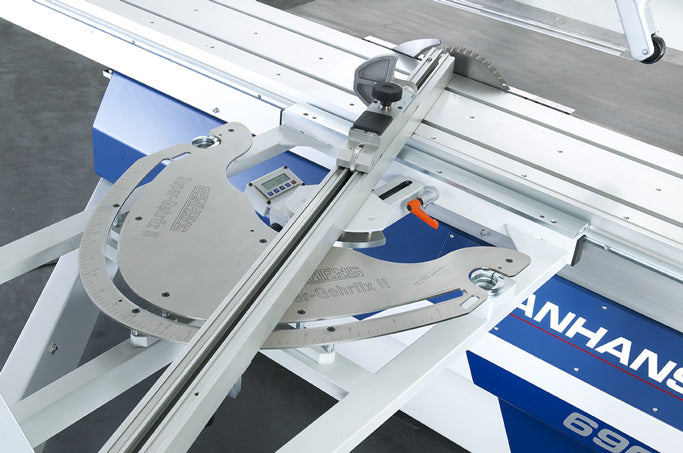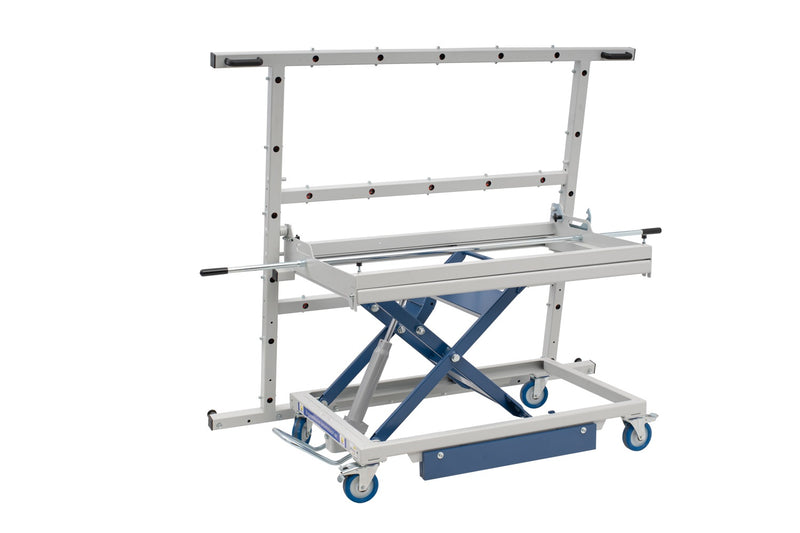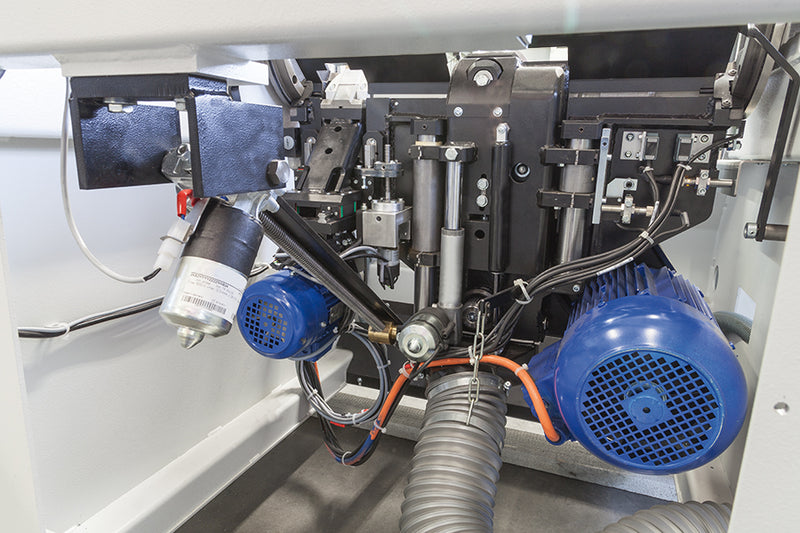Your Cart is Empty
!!! Delivery times, prices and specifications are constantly changing please contact us prior to ordering to get up to date information !!!
-
New
- Band Saws
- Beamsaws
- Press-Forming
- Briquette Machinery
- CNC Routers
- Cramping & Pressing
- Combination Machinery
- Cross Cut Saws
- Dovetail Joint Machinery
- Dowel Milling & Shapers
- Drilling & Boring Machines
- Dust Extraction Machines
- Edgebanders
- Feed Units
- General Saws Mitre Saws
- Grinding & Sharpening
- Press-Veneer and Laminate Cold
- Press-Veneer and Laminate Hot
- Press-Leather / Carbon Forming
- Lifting & Handling Equipment
- Press-Membrane
- Metal Finishing Machinery
- Mortisers
- Moulders & Par
- Press-Special Through Feed Lines
- Other Sanders
- Panel Saws
- Pin Routers
- Planer Thicknessers
- Polyurethane Press
- Resaws
- Press-Solid Surface Forming
- Spindle Moulders
- Structuring Machinery
- Tenoners
- Trenching & Notching Crosscuts
- Veneer Equipment
- Wall Saws
- Wide Belt Sanders
- Window Shutter Machinery
- Lathes and Woodturning
- Gluing Technology
- Laser CNC Machines
-
Used
- Used Bandsaw
- Used Beam Saws
- Used CNC Routers
- Used Cross Cut Saws & Mitre Saws
- Used Dovetail Machinery
- Used Drilling & Boring Machinery
- Used Dust Extraction Machinery
- Used Edgebanders
- Used General Saws
- Used Grinding & Sharpening Machinery
- Used Mortisers
- Used Moulders & Par
- Used Panel Saws
- Used Planer Thicknessers
- Used Resaws
- Used Routers
- Used Sanders
- Used Spindle Moulders
- Used Tenoners
- Used Veneer Equipment
- Used Wide Belt Sanders
- Miscellaneous Used Machinery
- Refurbished
- Accessories
- Software
- Visit WoodFast
- By Brand
- I-Make
- About
- Contact
- +44 1706 873344
- Login
!!! Delivery times, prices and specifications are constantly changing please contact us prior to ordering to get up to date information !!!




